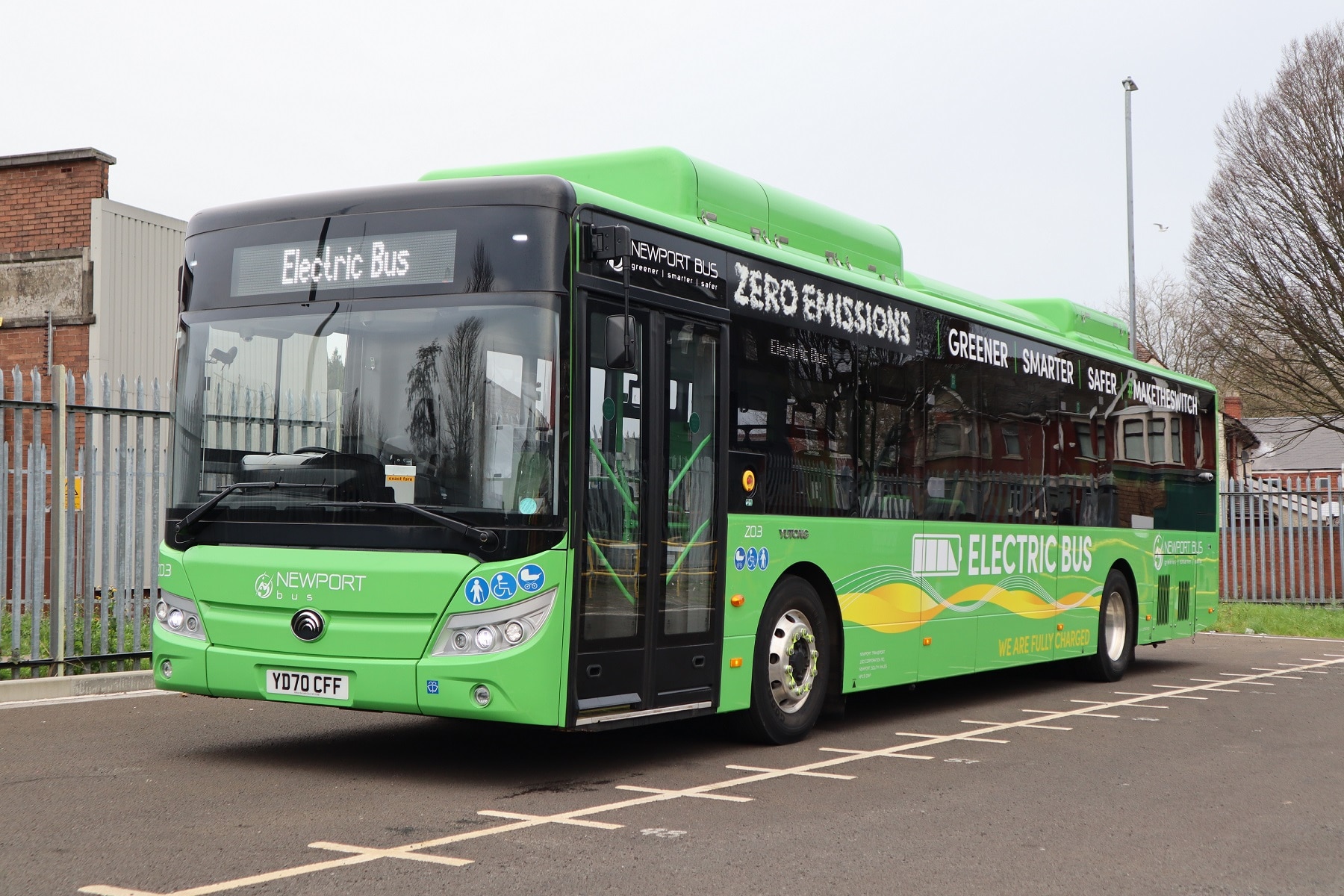A stall in the recovery of both fare-paying and concessionary bus usage figures over the two months to the end of November has been described by a group of industry managers as “not good news at all,” and something that increases the risk of service cuts in 2022.
The Ten Per Cent Club says that fare-paying passenger numbers on members’ commercial services during the last week of November were at 78% of pre-COVID-19 levels. That is identical to the figure at the end of September. On tendered routes, farepayers decreased from 72% to 65% over the same period.
For concessionary traveller returns the news was worse. Their numbers on commercial services fell from 65% to 59%, while on tendered routes the decline was more marked, from 65% to 53%.
The Club has warned that when combined with other factors, this stagnation or reversal in bus usage recovery could lead to many service withdrawals for England being registered in January 2022 to commence in April. Such a timeframe is necessary to satisfy the minimum notice periods around registrations.
Club Secretary Roger French says that evidence suggests that the Omicron variant and a reintroduction of the legal requirement to wear face coverings on public transport in England “has impacted concessionary passengers in particular.”
Mr French adds that with Bus Recovery Grant payments in England below what was forthcoming via the previous COVID-19 Bus Service Support Grant mechanism – and with BRG to end on 31 March 2022 – “it is a perfect storm for operators having to be ready to implement Plan B’s bus cuts when registrations for service withdrawals have to be submitted by early January.”
Data supplied by the Department for Transport, which uses a different methodology to that collected by the Ten Per Cent Club and does not break down farepayer and concessionary results, shows that during the first four weeks of November, weekday bus patronage in Britain outside London remained largely constant. However, the figure for Monday 29 November was 75%. The previous two Mondays had each reached 80%.



























